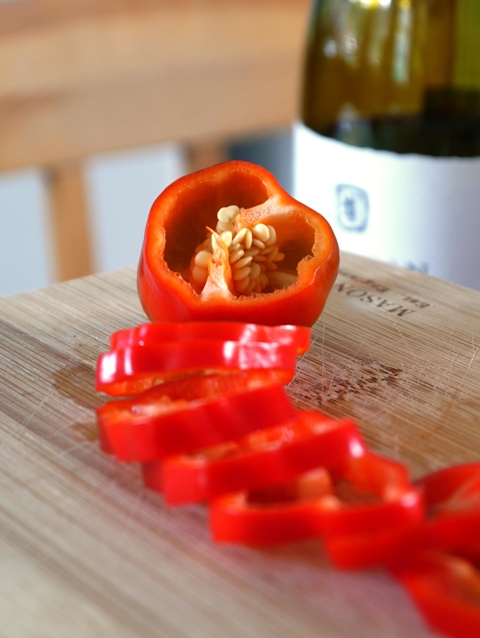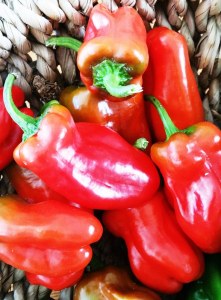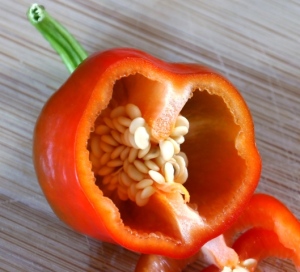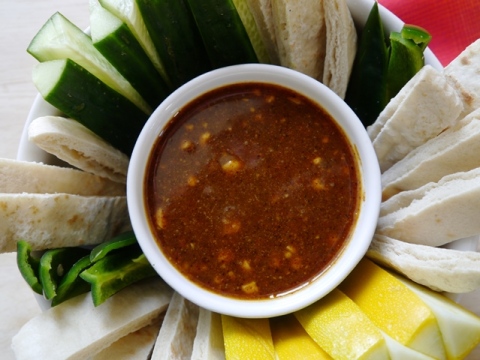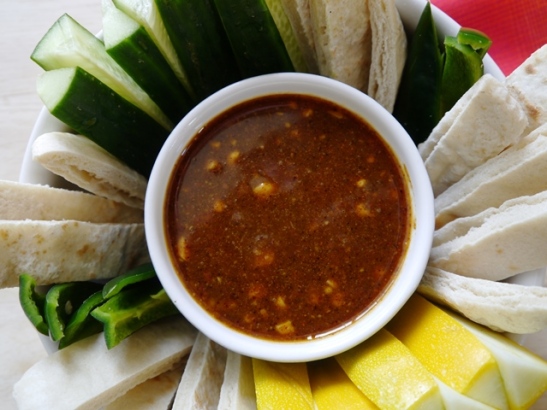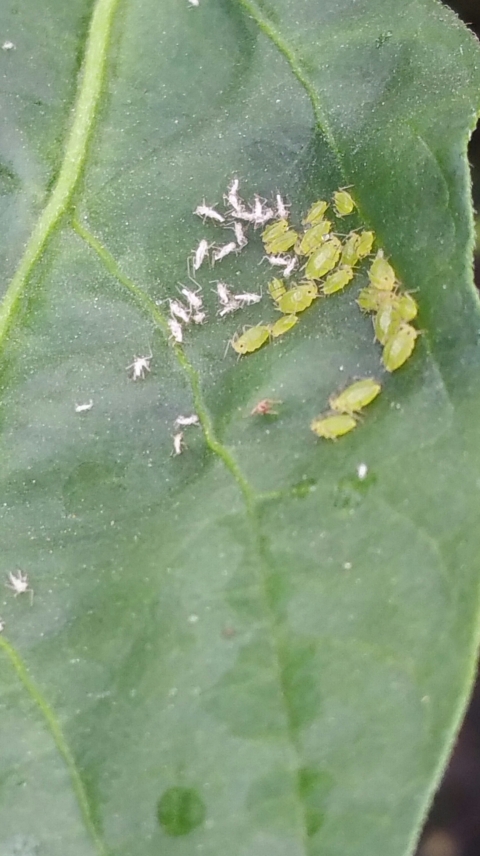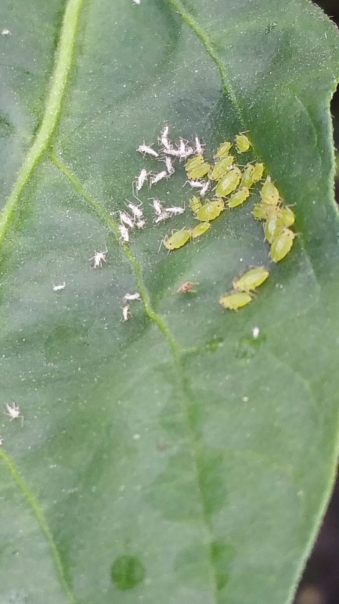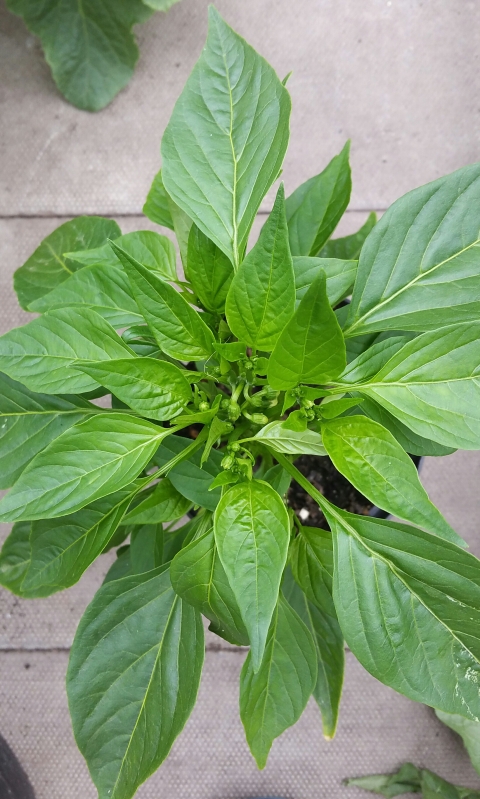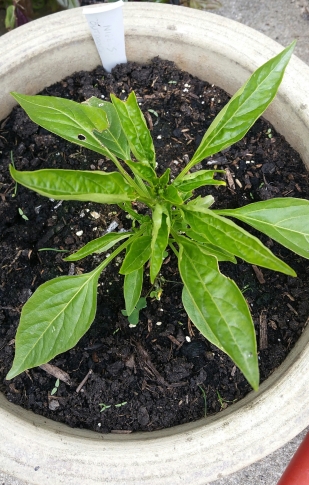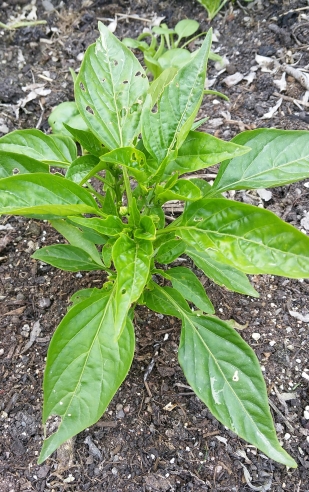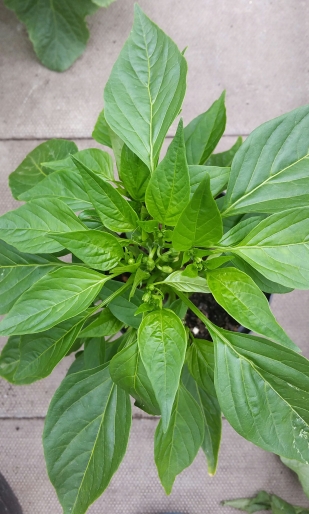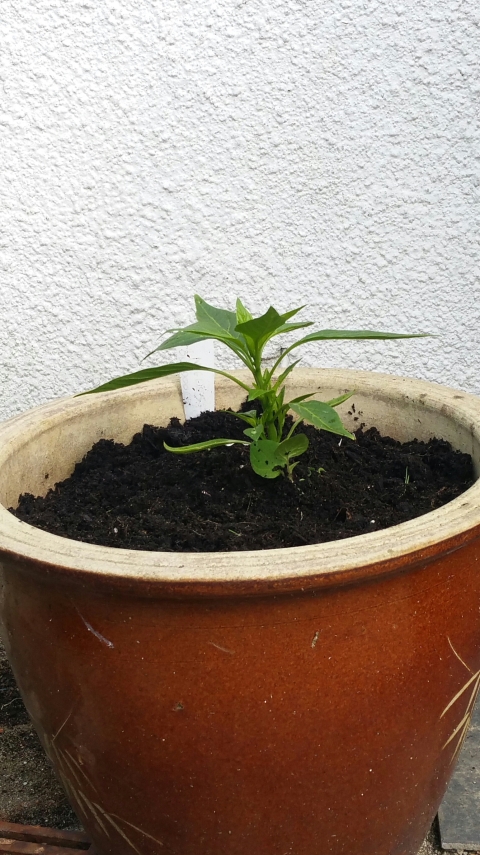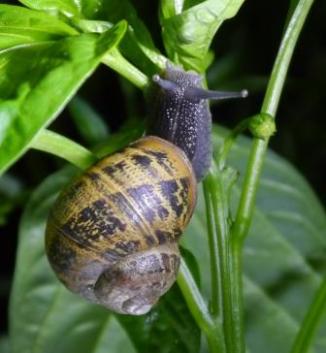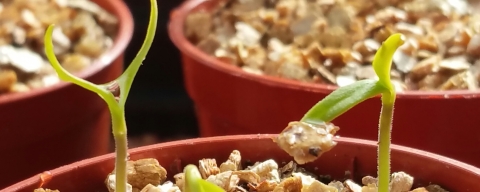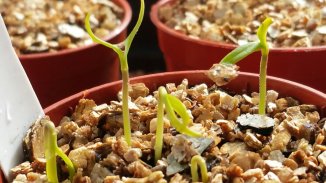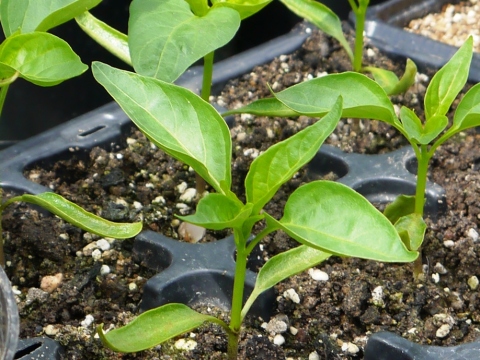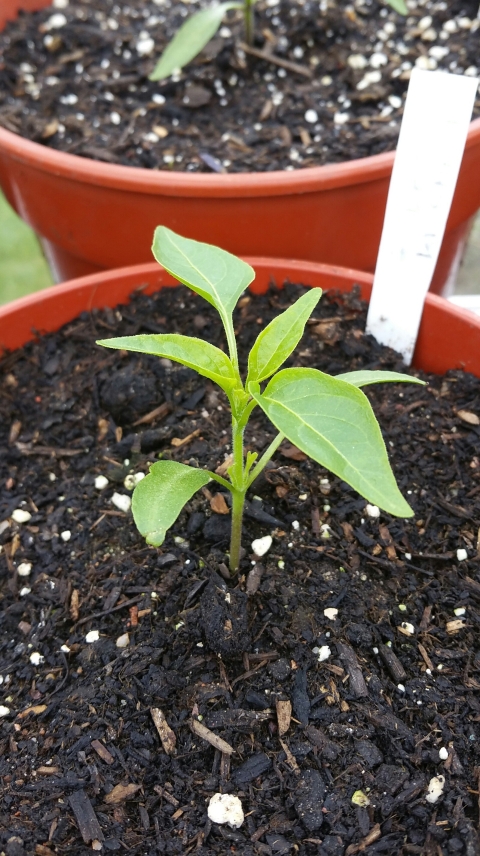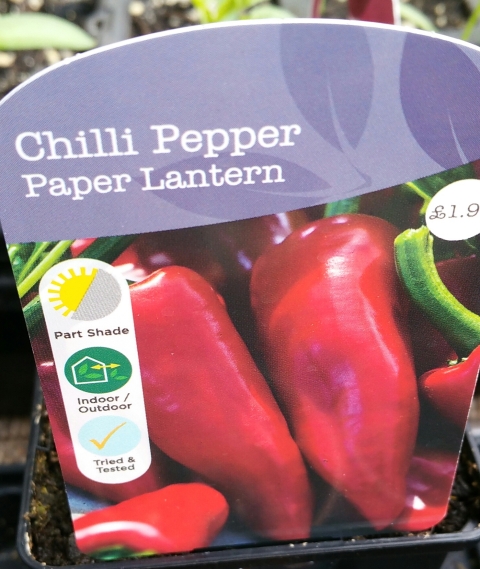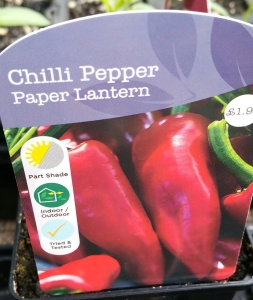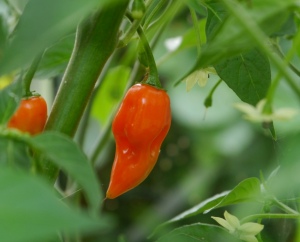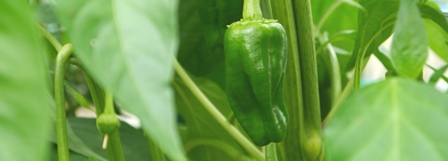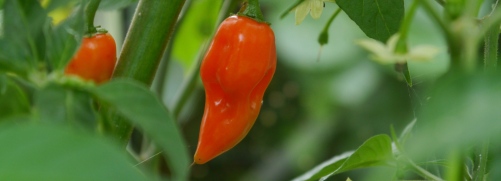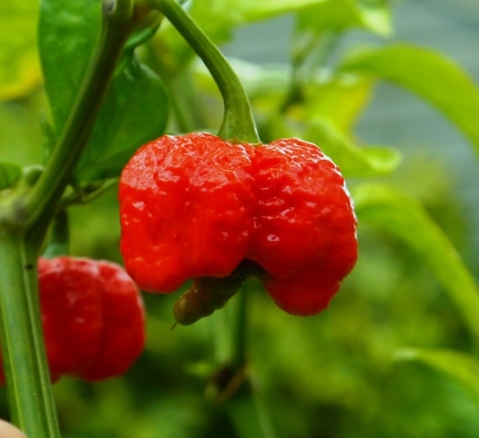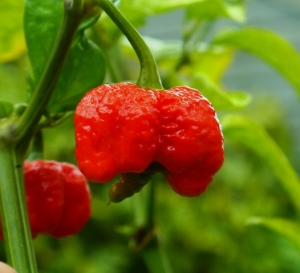Let’s be honest, unless you live in a Mediterranean or tropical climate, you will, like me and millions of other chilli growers, be looking to put plants outdoors as soon as you can because your window, conservatory, polytunnel, or whatever, is never big enough to house all of your chili plants. It is never big enough because we always grow too much, it’s a bad habit.
I grow too much, I don’t need as many as I grow, I give them away, which brings me joy, but still I end up with an overflowing greenhouse and want to move them out into the elements as soon as I can.
So… When is it safe to do it and what special care should you take?
Remember, especially it the UK, it is always a compromise, they will never do as well as they would in the shelter of a greenhouse, but follow these guidelines to give your plants the best chance possible.
1/ My book has loads about temperatures, but just to summarise – If they go below about 18°c they won’t grow (some need even higher temperatures). You needn’t worry about them getting too hot. Even UK record high temperatures will make them jump for joy. Look at the forecast and judge accordingly, they can go cooler at night, but keep an eye on both daytime and night-time temperatures. For me this is, and it is the same most years, about the beginning of May through to early September.
2/ Think about bringing them indoors at night or in cold weather. They will benefit from this protection. It doesn’t matter if you put them in a dark corner, or even a garage, it is night time anyway.
3/ Try and only move established plants outside. Pot on your seedlings into their big pots but let them get established before they go outside. Tender small plants are more likely to get bashed by the wind and rain.
4/ Use big pots, these will keep moisture levels more balanced in drying winds and when the plants get bigger they won’t blow over. They also store heat during the daytime which keeps the roots warm at night.
4/ Protect them from the elements – Put them in sheltered warm spots, try and shelter them from wind as much as possible with trellis or other plants, anything to stop them being bashed.
5/ Stake the plants – Wind causes so many problems, in particular the constant swaying movement which loosens the stem at the base and tears at the roots. Also, use small sticks to support branches when the plants get bigger. Wind is your enemy.
6/ Don’t assume that rain is enough to keep them watered. I can’t emphasise this enough. Think about when you water a plant, you probably give it about 1/2 an inch at least. Very rarely do we have that amount of rain in the summer, especially on a daily basis. A light shower will get the surface wet, but it won’t reach the roots. Also, when they are kept against a wall they may be in a ‘rain shadow’; everything else nearby gets wet, but they get nothing.
7/ Too much rain can be a problem too. During we periods remove any trays from beneath pots so they aren’t sitting in water. If there is a storm forecast, then try and bring them into somewhere sheltered.
8/ Keep feeding them! Outside plants need all the help they can get, and regular feeding will keep the roots healthy and help them withstand the drying effects of wind. Use chilli plant feed or standard tomato feed.
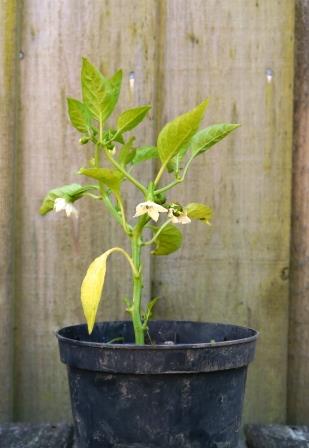
A fairly miserable, poorly fed and bashed chilli plant. (A deliberate experiment!)
8/ Move pots around regularly to search for slugs and snails hidden beneath. Look in the holes in the bottom of pots too. For small plants particularly this will be the biggest and most immediate threat the their existence.
9/ Holidays – If you entrust their care to a neighbour and you only have a few plants, they might get better care if you carry them round to their garden rather than making the neighbour come to you. Reward your neighbour with plenty of chillies, they might get hooked too. Alternatively consider planting them in a self watering system, more expensive, but at least it guarantees they are watered and fed for up to 2 weeks while you are away.
10/ Choose the right varieties – Be realistic, habaneros, scotch bonnets, and most of the super hot chillies need higher temperatures than our climate will give, and a longer growing season too, they really won’t do well outside unless you wait till they are fully grown, and you might not have the space for that. Stick to varieties that grow quickly or withstand harsher weather, Hungarian Wax are picked early, Bulgarian Carrot are very tough, and reasonably hot, Aji (Capsicum baccatum) varieties are also very resilient, with woody stems and small leaves. Apache F1 is nearly always foolproof as it is so quick and also compact, or for something hot and brightly coloured try Twilight.
